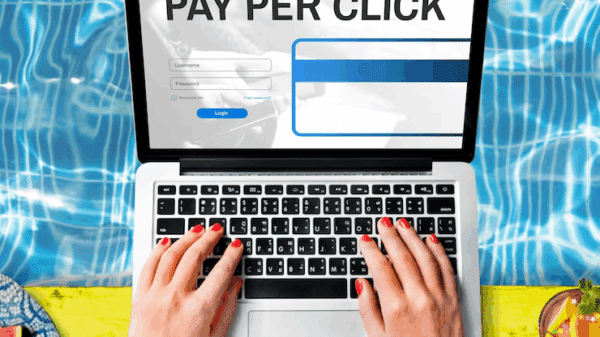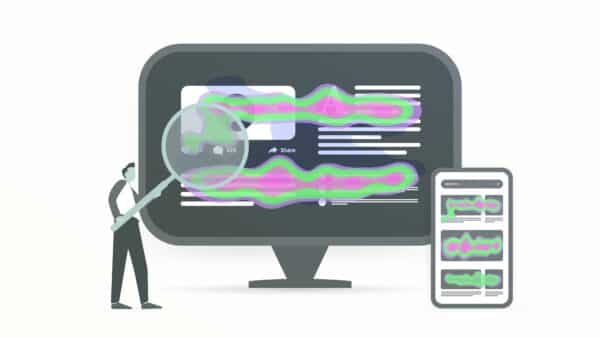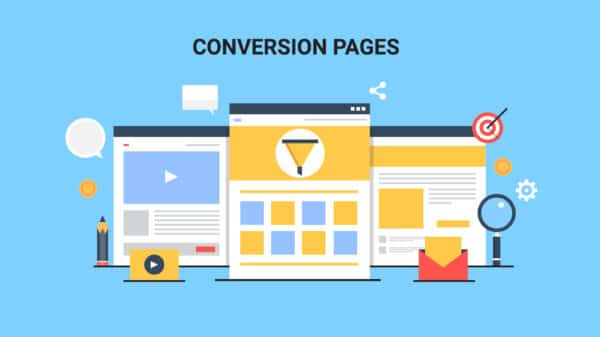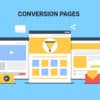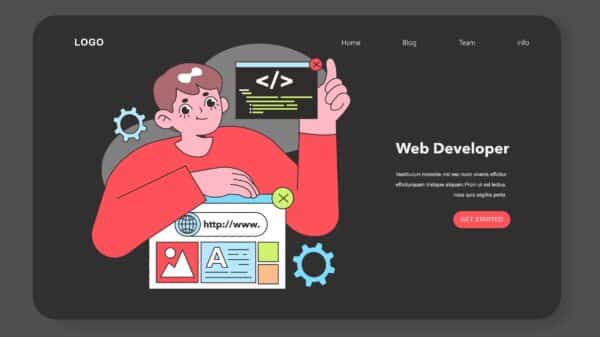If you’re looking for a way to take your PPC campaigns to the next level, it’s time to consider incorporating chatbots. Chatbots are computer programs designed to simulate conversation with human users, and they can be used to engage with potential customers in a more personalized and efficient way.
In this ultimate guide, we’ll explore everything you need to know about chatbots and how they can help boost your PPC campaigns.
Chatbots and PPC: How They Work Together
Chatbots and PPC campaigns work together by allowing you to engage with potential customers in real-time. Here’s how it works:
- A user clicks on your PPC ad and is directed to your landing page.
- The chatbot initiates a conversation with the user, asking questions about their needs and preferences.
- The chatbot provides personalized recommendations and answers questions about your product or service.
- The chatbot can also help with lead generation, by collecting contact information from interested users.
There are different types of chatbots, including rule-based and AI-powered chatbots. Rule-based chatbots use pre-programmed rules to guide conversations, while AI-powered chatbots use machine learning to understand natural language and respond appropriately.
Benefits of Using Chatbots in PPC Campaigns
There are several benefits to incorporating chatbots into your PPC campaigns, including:
- Improved Customer Experience: Chatbots provide a more personalized experience for potential customers, by answering questions and providing recommendations based on their needs and preferences.
- Increased Efficiency and Cost-Effectiveness: Chatbots can handle multiple conversations at once, reducing the need for human resources and saving on costs.
- Higher Conversion Rates: Chatbots can help guide potential customers through the sales funnel, increasing the likelihood of conversion.
Best Practices for Implementing Chatbots in PPC Campaigns
To ensure successful implementation of chatbots in your PPC campaigns, follow these best practices:
- Setting Clear Goals: Define what you want your chatbot to achieve, such as increasing conversions or reducing customer support inquiries.
- Designing the Chatbot for Your Audience: Create a chatbot persona that reflects your brand voice and target audience.
- Crafting Effective Messages: Use clear and concise language that is easy for users to understand.
- Continuous Improvement and Optimization: Monitor chatbot performance and make adjustments to improve its effectiveness.
Examples of Successful Chatbot Integration in PPC Campaigns
Here are some examples of industries that have successfully integrated chatbots into their PPC campaigns:
- Healthcare Industry: A healthcare company used a chatbot to assist with appointment scheduling and provide medical advice to potential patients.
- E-commerce Industry: An online retailer used a chatbot to guide users through the sales funnel and provide personalized recommendations based on their preferences.
- Travel Industry: A travel company used a chatbot to provide recommendations for flights, hotels, and activities based on users’ travel preferences.
Chatbots and the Future of PPC
Chatbots are becoming increasingly popular in the world of PPC advertising, and we can expect to see more advancements in this technology in the future. Here are some emerging technologies and trends to watch out for:
- Voice-Activated Chatbots: As voice search continues to grow, we can expect to see more chatbots using voice recognition technology to engage with users.
- Chatbot Integrations with Social Media: Chatbots can also be integrated into social media platforms like Facebook Messenger, allowing for more personalized and efficient customer service.
- AI Advancements: As AI technology continues to improve, we can expect to see more advanced chatbots that can handle more complex conversations.
Conclusion
Incorporating chatbots into your PPC campaigns can help improve customer experience, increase efficiency and cost-effectiveness, and boost conversion rates. By following best practices for implementation and drawing inspiration from successful examples, you can create a chatbot that is tailored to your brand and audience. As chatbot technology continues to evolve, it’s important to stay up-to-date on emerging trends and advancements to stay ahead of the game.





